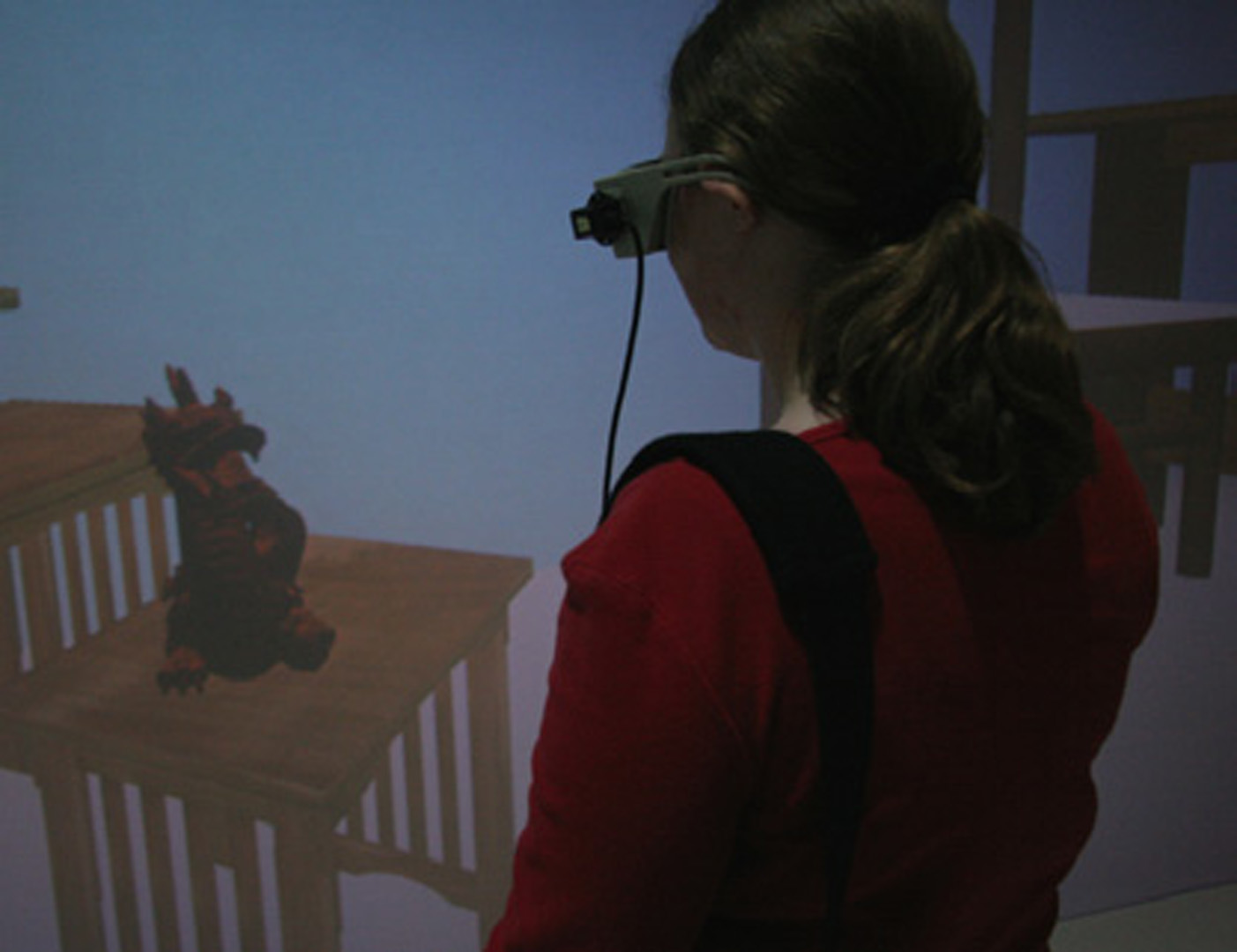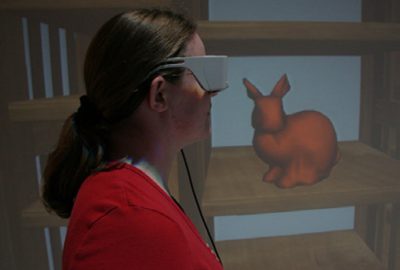“Perceptually adaptive rendering in immersive virtual reality” by Weaver and Parkhurst
Conference:
Type(s):
Title:
- Perceptually adaptive rendering in immersive virtual reality
Presenter(s)/Author(s):
Abstract:
Computer-generated 2D renderings of geometrically complex 3D scenes tend to have a greater visual realism than renderings of low complexity scenes. However, the time required to render a scene is proportional to the geometric complexity of that scene. When using computer graphics in interactive applications, the geometric complexity of the scene must be limited in order to obtain frame rates that will support natural interactivity. Psychophysical studies have shown that reduced rendering rates and reduced geometric complexity can impair task performance [Parkhurst and Niebur, 2002]. These facts imply a tradeoff that is particularly relevant for immersive virtual reality environments where interactivity is important, but the computational burden of rendering is quite high, due to the need to render multiple display surfaces simultaneously.
References:
1. Parkhurst, D. and Niebur, E. Variable-resolution displays: A theoretical, practical, and behavioral evaluation. Human Factors, Vol 44, No. 4. 611–629.
Additional Images:
- 2006 Poster: Weaver_Perceptually Adaptive Rendering in Immersive Virtual Reality
- 2006 Poster: Weaver_Perceptually Adaptive Rendering in Immersive Virtual Reality








